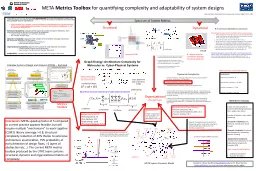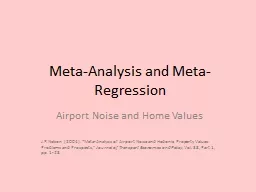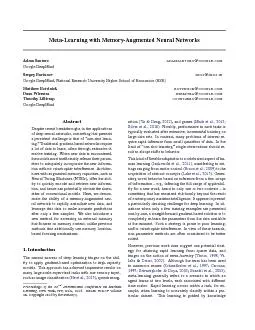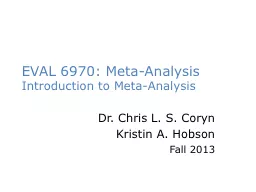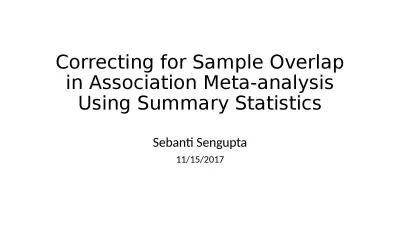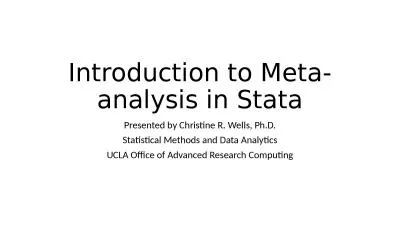PPT-Main goal of META is to achieve a
Author : messide | Published Date : 2020-06-19
5x improvement in system development speed over current practice In order to do this metrics need to be used to synthesize and select the best possible system
Presentation Embed Code
Download Presentation
Download Presentation The PPT/PDF document "Main goal of META is to achieve a" is the property of its rightful owner. Permission is granted to download and print the materials on this website for personal, non-commercial use only, and to display it on your personal computer provided you do not modify the materials and that you retain all copyright notices contained in the materials. By downloading content from our website, you accept the terms of this agreement.
Main goal of META is to achieve a: Transcript
Download Rules Of Document
"Main goal of META is to achieve a"The content belongs to its owner. You may download and print it for personal use, without modification, and keep all copyright notices. By downloading, you agree to these terms.
Related Documents

